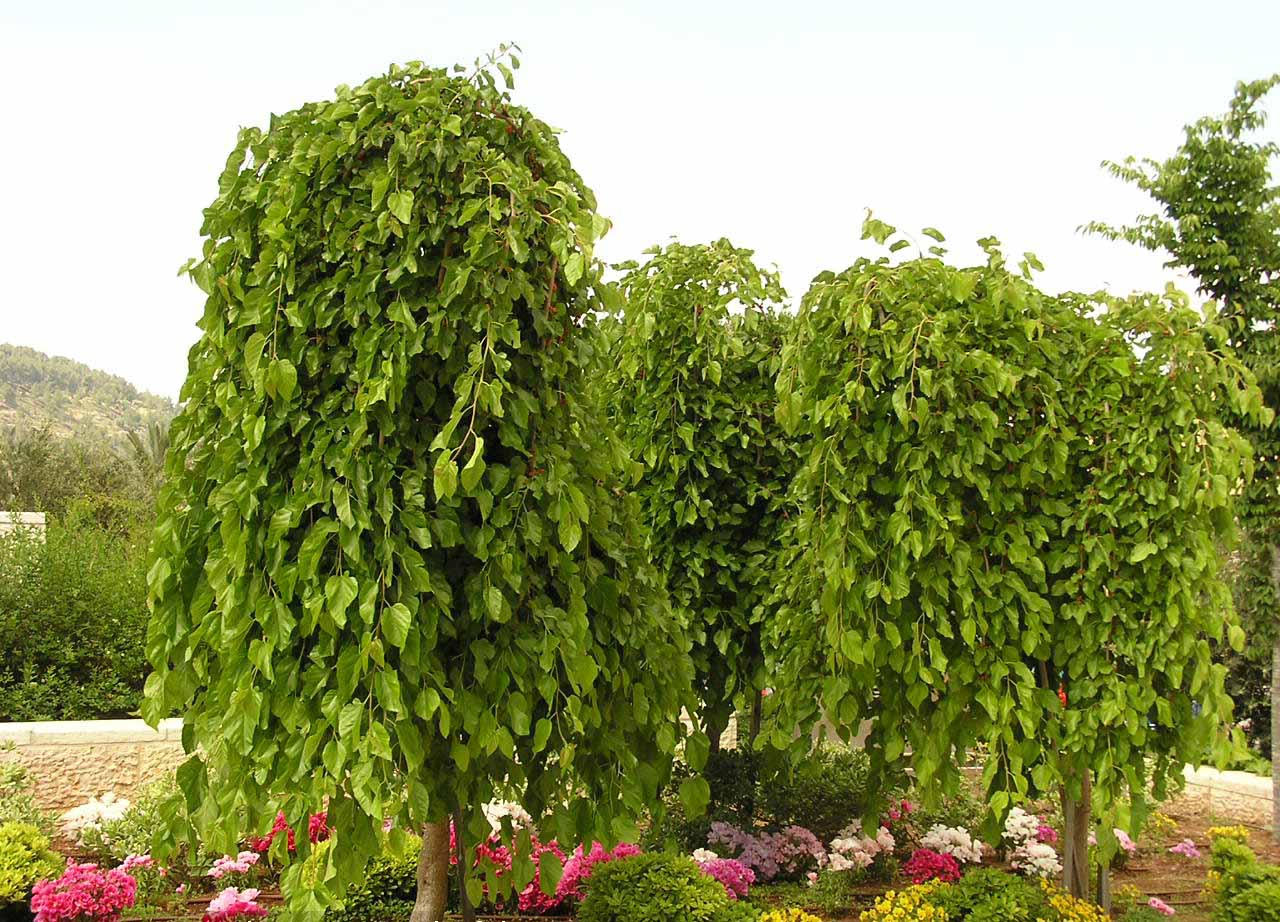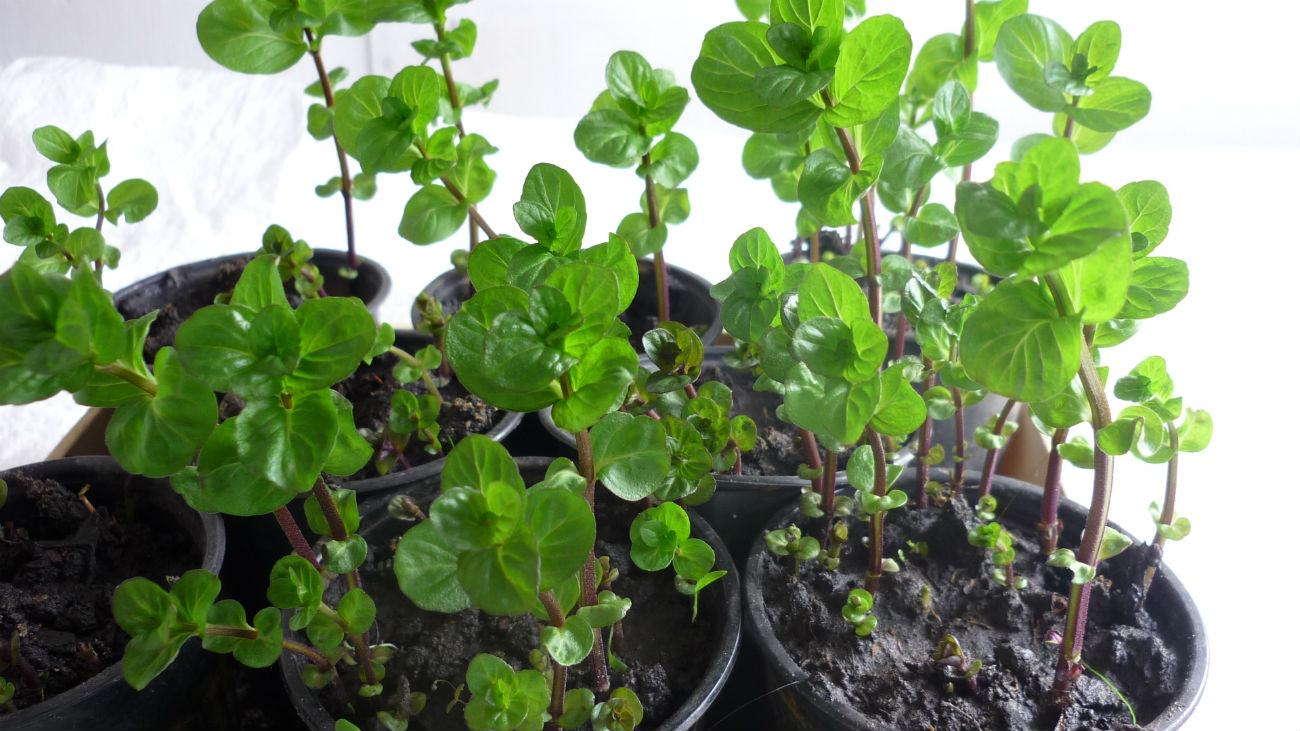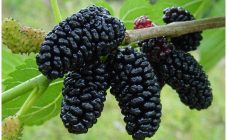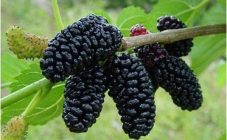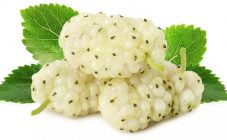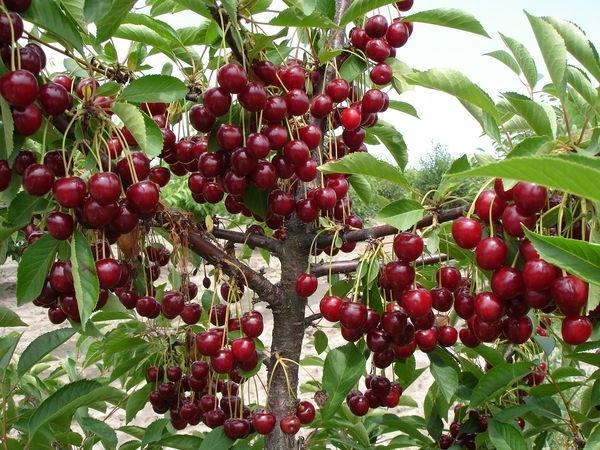Content:
Mulberry or mulberry is a beautiful and tall tree, which every year is gaining more and more popularity among summer residents of Russia. The fruits of this garden culture contain a huge amount of nutrients needed by the human body. The berries themselves are delicious and sweet, there are a lot of them on the trees even in lean years. Most often, mulberry fruits are red, black or white. All types of mulberries grow and bear fruit well in the south of Russia, but in more northern regions it is recommended to plant the white-fruited mulberry.
Recently, a special type of mulberry is gaining popularity - weeping mulberry. It is a low ornamental plant. Most often, the growth of a standard mulberry is limited to three meters. At the same time, ordinary varieties and hybrids of mulberry trees often gain height up to 10 or even 15 meters. The weeping mulberry has long, slender shoots that gently stretch towards the ground. In this regard, some inexperienced gardeners may even confuse it with willow or willow.
Mulberry standard: description and characteristics
At the moment, all over the world there are about a hundred varieties of weeping mulberry. It also occurs in the wild, and is divided into 17 varieties. Gardeners appreciate the weeping mulberry tree precisely for its compactness, since it does not take up much space on the site, unlike the usual tall varieties of this garden culture.
In many ways, the decorative pendula mulberry (as it is also called) is similar to ordinary varieties. The leaves of trees are usually dark green in color. In the autumn season, the leaves change color to bright yellow. This feature is used by many landscape designers, planting weeping mulberry species next to evergreen thuja, fir and spruce. The result is an incredibly beautiful riot of colors that pleases the eye.
In the conditions of Central Russia, the Moscow region or the Urals, the flowering of this garden culture begins in mid-May. In cold years, it can linger and begin in early summer, but this happens very rarely. Mulberry fruits ripen quickly, harvesting begins in late June - early July. The berries of the willow mulberry resemble a blackberry, but the mulberry fruit lacks a peduncle. The fruits themselves are not small - their average weight is from three to four grams. The berries are very sweet and aromatic.
An interesting feature is the main tree trunk - even and straight. It makes the “crying” even more pronounced. Thanks to the graceful bends of the branches, the plant does not lose its decorative effect in the winter season. Recently, a weeping mulberry tree began to appear in parks and squares: it is planted near gazebos or next to an unsightly fence, creating a "hedge" from it.
Weeping mulberry: planting and care
The mulberry on the trunk, like other representatives of its kind, is easy to plant and care for. This garden culture is not demanding on the composition of the soil. In general, trees grow and bear fruit well on any soil.
Landing rules
Loamy or sandy loam soils are well suited for mulberry cultivation. If the soil on the site is poor, it is recommended to add a couple of buckets of humus or compost to the planting pit. By the way, it is better to prepare the planting hole in October, but the most optimal time for planting seedlings is the end of April or the beginning of May.Autumn planting for this horticultural culture is extremely undesirable, since the mulberry is a very thermophilic plant and must go into winter by adapting to local weather conditions.
Before planting, you should also pay attention to the area where you plan to lay the mulberry tree. The place for planting must necessarily have good sunlight, tall plants should not grow nearby. It is best to plant a weeping mulberry tree on the southern slopes. At the same time, it is important to observe the distance between plants - the seedlings must be planted at a distance of 3-4 meters from each other.
The pit for planting weeping mulberries is not made very large. The depth of the pit is 50-60 centimeters, the width is 80-90 centimeters. If it was not possible to prepare the landing hole in the fall, then it is recommended to do this at least two weeks before planting. The bottom (infertile) layer of earth is removed from the pit. One or two buckets of compost or humus are poured into its place. It is also imperative to add mineral fertilizers. They will provide food for young trees in the first years of their growth and development.
In the conditions of the Moscow region and other relatively northern regions of the country, it is recommended to deepen the seedlings during planting. It is desirable to do this so that the root collar of the plant is at a depth of five to seven centimeters below the surface of the soil. However, it is also impossible to fill the vaccination site very deeply. After planting, young plants are watered abundantly. Mulberry is a very moisture-loving plant, and young trees require even more water. Therefore, it is advisable to pour two or three buckets of water for each seedling. Then the trunk circles are mulched so that moisture does not evaporate from the soil for as long as possible. You should also drive a strong peg next to the planted plant and tie a tree to it. This procedure will prevent strong winds from breaking a fragile and young plant.
Reproduction of this type of mulberry is simple - cuttings. Mulberry trees are cut in early summer. To do this, take the growth of the current year. Cuttings are planted at an angle of 45 degrees. By the fall, the layers take root, and are transplanted to their permanent place next spring.
Young tree care
Plants of this species do not require special care. In the first two to three years after planting, caring for them is completely simple - this is abundant watering, fertilization, weeding and sanitary pruning:
- In the first years, mulberry trees will have to be watered especially often. The first watering must be given in early May and then it is done once every two weeks. If the summer is hot and dry, then you will have to water the seedlings even more often - once a week. At the same time, the water norm is also large: two or three ten-liter buckets are poured onto each plant. During the period of prolonged rains, watering is not performed. However, in the fall, in any weather, it is necessary to give a sub-winter water-charging irrigation. It is produced in late September - early October. The water norm for a young plant is three to four buckets.
- It is not necessary to feed young trees in the first two to three years after planting - the mineral fertilizers introduced during planting will be enough for the plants for several years. In the fourth year, trees will need organic matter and minerals. You cannot feed the plants much and often. Only two dressings are carried out per season. The first is done in early spring before the snow melts: urea is scattered over a crust of ice (usually in March) at the rate of 40-50 grams of fertilizer per square meter. It is important to note that fertilizers should be scattered along the projection of the crown of the tree and in no case should they be scattered close to the main trunk. If urea is not available, then it can be replaced with ammonium nitrate. However, nitrate needs twice as much - 80-100 grams per square meter. The second time weeping mulberry is fed in the first decade of August.In August, the mulberry tree is fed with potassium and phosphorus. Garden crops need them for a good winter.
- Throughout the season, the grass under the trees is mowed, but it is better not to leave the bare ground. From the fourth year, it is recommended to sod the soil. The turf will retain moisture in the soil longer, and in winter it will also serve as a “warm blanket”.
- In early spring, before the buds have blossomed, you should carefully inspect the plantings and make sanitary pruning of trees. All dry and diseased branches are removed with a hacksaw or shears, and the cuts are covered with garden pitch. Also, in early spring, trapping belts are fixed on the trees, which will help fight crawling pests.
Advantages and disadvantages of weeping mulberry
First of all, those gardeners who have at their disposal a very small piece of land should think about growing a weeping mulberry tree. These plants do not grow tall, so they will occupy a very small area of the garden. At the same time, the yield of willow mulberry is no worse than that of an ordinary one. The fruits are just as tasty, sweet, healthy, and most importantly, there are a lot of them on the plants. However, there is also a minus for this species - the berries are not stored for long and begin to deteriorate already 12 hours after collection.
So that the trees of the common weeping mulberry have a decorative look and are not too tall, it is recommended to cut and shape them. Excess branches are cut off, and trees can be formed in the form of a ball or a broom. In autumn, trees are necessarily insulated, since it is the young shoots that are at risk of freezing with the onset of low freezing temperatures.
It can be concluded that it is very profitable to grow a weeping mulberry. She will be able not only to decorate the site as an ornamental plant, but also to reward a rich harvest of tasty and healthy berries.
